11
Roll of Graduates
During its lifetime OCS took in 4,701 officer cadets and graduated 3,544 as shown in Table 17. Subtracting the junior class of 1985 which completed its training in the new course amalgamated in RMC, 1,079 or 23 percent for one reason or another explored earlier did not make it to graduation. For them it was a different future to those who accepted commissions and the responsibilities, pains and rewards which that brought, and although it was an option to include the names of all those who entered Portsea, many would prefer not to be so mentioned, so on balance it seemed better to stay with the roll of those who graduated.
Record of Graduation
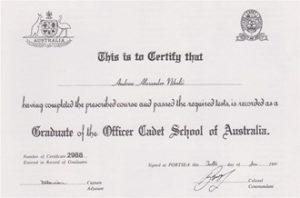
In its self-effacing or perhaps anti-academic way, the Army eschewed awarding any diploma which might enhance the wider standing of graduates from its Service colleges, contenting itself with a certificate without title or post-nominal letters.
Australian universities have since been more forthcoming, recognising the work at these colleges as credits towards graduate and post-graduate courses.
Certificate: A.A. Nicolic
Much detail could be listed about individual graduates, but for the purposes of this history it is sufficient to simply show their names and the corps or regiments to which they were allotted, in order of graduation within their class. [Afternote: This on-line edition frees it from the constriction of the printed publication: the short biographies submitted by or on behalf of graduates are attached to each name in Table 15; for ease of reference the classes are listed in alphabetical order.] Until 1973 this order was a definite seniority list which tended to influence postings and opportunities in later service. That the assessed order of graduation may or may not have been a guide to their future achievements as officers is another story; this is how they were seen by the assessment system at the time, and it is very debatable whether a college should go beyond simply graduating and allotting performance gradings. A belated acceptance of this reality resulted from December 1973 in the graduation list being expressed in alphabetical order (1), as were those simultaneously at Duntroon, Georges Heights and Scheyville, leaving the newly commissioned officers to be judged solely on their commissioned achievements rather than on some of the quite different values and perspectives of their undergraduate lives. When an officer makes his or her way in the cold hard world of the Army things often change, different talents emerge, and late maturers have their chance. As for the corps listed, these were also not necessarily the ones in which graduates remained, some changing for preference, medical or suitability reasons, some reverting to the basic Australian Staff Corps on reaching colonel, but that again is beyond the scope of this book; subsequent corps are simply listed.
The End of It All

For Australians, a commission in the Australian Regular Army or Permanent Air Force, for the overseas graduates, one in their home Armed Services.
Commission: R.G. Lange
The names provided an endless source of revision and recounting. The School’s handwritten roll of graduates was often at variance with other records, and as well the numbers showed variation with the progressive tallies and with commandant’s reports produced at OCS. They have been refined to a degree which is no doubt still with its errors. However minor, they are unfortunate, as members are entitled to at least have their names spelt properly and in the right order. Unfortunately reconciliation with Officers Lists for Australian graduates still resulted in inconsistencies, in some cases graduates apparently disclosing different given names on their applications for commission to those they used at OCS. For overseas students, the problem was different. The School practice of trying to classify Asian names into our surname-given name system produced a mixture which later attempts to unravel on graduation failed to resolve, and in compiling this current list attempts to clarify these with the Armies concerned met with some incomplete responses. So that which follows has been taken, with very considerable effort, to a less perfect result than was hoped. However the essential identification is recorded in recognisable form, and if some names of overseas students are out of order in other parts of the text, that is the way they were known at the School, for right or wrong, and perhaps that is the way it should be recorded there.

Class Photographs
While the inclusion of the graduating class photographs may seem heavily repetitive to the uncommitted reader, it is of considerable interest to those who participated. This is not just the fading faces for fading memories syndrome but rather an important part of an organisation’s history. History is about people, and the people who mattered most for OCS were the graduates whose commissioning was what the organisation existed for. As the main players, their class groups provide a lasting record of the young men, and latterly women, who provided the major input to the Australian Army officer structure for a generation, and whose effects will continue to be felt for another generation.
[In this on-line edition, the class photos have been linked from the OCS Alumni website. Click on the class below and you will be taken to that class list and photo.]
The Graduates
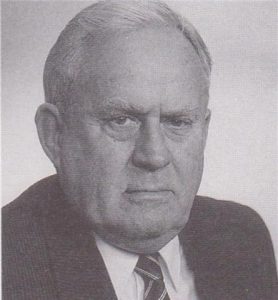 |
First graduate 6 June 1952 |
| 1,000th graduate 10 December 1965 G.B. Parker Telecommunications executive |
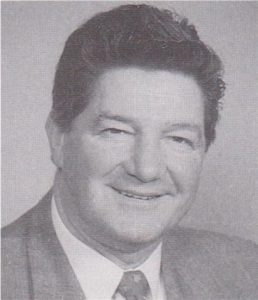 |
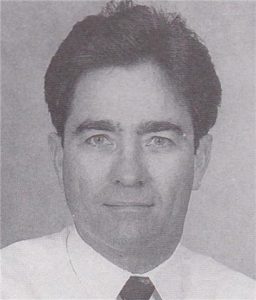 |
2,000th graduate 15 June 1973 Lt Col P.H. Robinson RNZIR (Retd) Property investor |
| 3,000th graduate 11 June 1982 Maj J.J. Sengelman SASR Attending Command & Staff College |
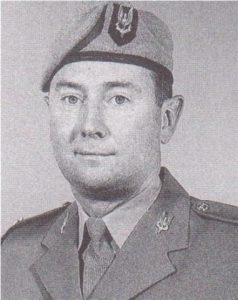 |
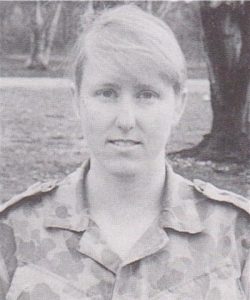 |
3,544th and last graduate 13 December 1985 Capt P.E. Woolford Instructor RAAOC Centre |
References
- AMR 44 and 537, effective 6 December 1973.